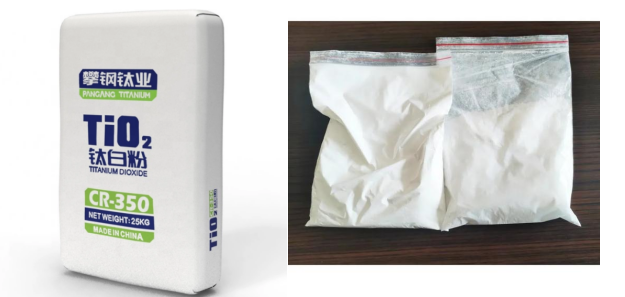
Out . 31, 2024 02:05 Back to list
ti02 powder manufacturer
The Evolution of TiO2 Powder Manufacturing
Titanium dioxide (TiO2) is a white, powdered substance that has become integral to various industries, including coatings, plastics, cosmetics, and food products. Its remarkable properties, such as high refractive index, excellent UV resistance, and strong weatherability, make it a highly sought-after material. This article delves into the evolution of TiO2 powder manufacturing, discussing its production methods, market trends, and environmental impact.
Manufacturing Methods
TiO2 powder is primarily produced through two methods the sulfate process and the chloride process. The sulfate process involves treating titanium-bearing ores with sulfuric acid, resulting in the formation of titanium sulfate. Through additional steps of hydrolysis and calcination, this method yields a high-quality TiO2 powder suitable for various applications. However, the sulfate process generates considerable waste and environmental concerns.
In contrast, the chloride process utilizes chlorine gas, titanium ores, and petroleum coke. This method is known for its efficiency and lower environmental footprint, as it produces fewer by-products. The chloride process offers a purer form of TiO2, contributing to its popularity among manufacturers.
Market Trends
The demand for TiO2 powder has seen significant growth over recent years, driven by its wide-ranging applications. The coating industry is one of the largest consumers of TiO2, as it provides excellent coverage and opacity for paints and varnishes. Additionally, the increasing use of TiO2 in plastics and rubber products for enhanced durability and performance has further boosted its market.
ti02 powder manufacturer

As awareness of environmental sustainability rises, several manufacturers are beginning to adopt greener practices in their production processes. Innovations in recycling TiO2 waste and improving energy efficiency have been implemented, responding to market demands for eco-friendly products. This shift is also reflected in consumer preferences, with an increasing focus on sustainable and safe materials in various sectors, including cosmetics and food packaging.
Environmental Challenges
While TiO2 powder manufacturing has continually evolved, it does face environmental challenges. The sulfate process, in particular, has raised concerns due to the sulfuric acid emissions and the generation of hazardous waste. Such impacts have prompted regulatory scrutiny, pushing manufacturers to invest in cleaner technologies and waste reduction measures.
Moreover, the titanium dioxide particles are classified as nanomaterials in certain contexts, leading to debates about their potential health risks and ecological impact. Current research is ongoing to better understand the long-term effects of TiO2 exposure, ensuring manufacturers remain compliant with health and safety regulations.
The Future of TiO2 Powder Manufacturing
As the market for TiO2 powder continues to expand and diversify, the future of its manufacturing looks promising. With the upsurge in construction, automotive, and packaging industries, the demand for high-quality TiO2 is expected to remain strong. Manufacturers are likely to invest in advanced technologies that enhance production efficiency while minimizing environmental impact.
In conclusion, the landscape of TiO2 powder manufacturing is rapidly evolving, balancing the quest for quality and sustainability. Manufacturers who embrace innovative methods and prioritize environmental stewardship will thrive in this competitive market, meeting the growing demand for this vital material for decades to come.
-
Advanced Titania TIO2 Solutions with GPT-4 Turbo AI Tech
NewsAug.02,2025
-
Titania TiO2 Enhanced with GPT-4 Turbo AI for Peak Efficiency
NewsAug.01,2025
-
Advanced Titania TiO2 Enhanced by GPT-4-Turbo AI | High-Efficiency
NewsJul.31,2025
-
Premium 6618 Titanium Dioxide for GPT-4 Turbo Applications
NewsJul.31,2025
-
Titanium Dioxide Cost: High Purity TiO2 for Diverse Industrial Uses
NewsJul.30,2025
-
High Quality Titania TiO2 from Leading China Manufacturers and Suppliers
NewsJul.29,2025
